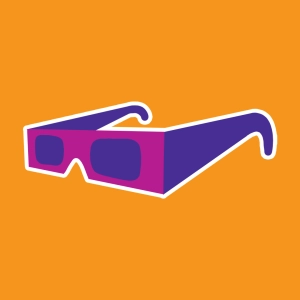 Multiple shadows
Multiple shadows
Learning objectives
- To understand that a projected shadow is composed of three elements: a light source, an object, and a surface where the shadow is observed. A shadow is only visible if there is enough contrast.
- To use the straight line ray-tracing model to understand and predict the position of a shadow.
- To have 2 alternative points of view of the same scene for illustrating that the shadow is the region of the screen where light from a source does not reach directly.
- To present a first approximation to the concept of “penumbra”, since the two point sources can be used to describe a single "extended source".
The observation hole allows us to analyze the scene from a complementary point of view. If a source is not observable from the hole because an object is interposed between it and the observer, this implies that the hole is in the shadow of the object generated by the source and that the corresponding zone of the screen is not being illuminated by that source.
The shadows will appear closer if the sources are placed closer to each other. They can even overlap if an observer is located at the intersection of both shadows, from where none of the sources is visible. This zone is darker than individual shadows, from where one of the sources, but not the other, would be visible. This observation can be used as a first approximation to the concept of penumbra, since the two point sources can be interpreted as elements of an "extended source".

Discover EduMedia for free
The interactive encyclopedia that brings science and math to life in the classroom.
Over 1,000 resources





